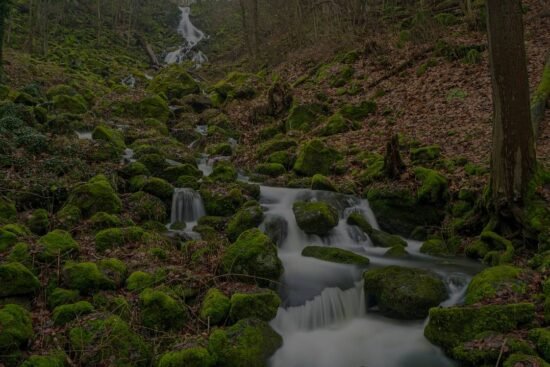As we embark on a journey through time, tracing the evolution of ballet, we are transported to a world where grace, beauty, and passion intertwine to create a mesmerizing art form. Join me as we delve into the rich history of ballet, from its humble beginnings in the royal courts of the Renaissance to its modern-day interpretations on stages around the globe.
The Origins of Ballet: A Royal Affair
In the 15th century, ballet as we know it today began to take shape in the lavish courts of Italy and France. Originally performed as entertainment for royalty and nobility, ballet quickly became a symbol of wealth and sophistication. Dancers donned elaborate costumes and performed intricate choreography to the delight of their illustrious audiences.
Fast forward to the 17th century, and ballet had evolved into a more structured art form, with the establishment of the Royal Academy of Dance in France. This marked the beginning of ballet as a disciplined form of artistic expression, with strict rules and techniques governing the movements of dancers.
The Romantic Era: A Time of Transformation
In the 19th century, ballet underwent a dramatic transformation during the Romantic era. This period saw a shift towards storytelling and emotion, with ballets such as “Giselle” and “La Sylphide” captivating audiences with their tales of love, betrayal, and redemption. Pointe shoes became a staple of the ballerina’s costume, allowing dancers to defy gravity and float across the stage with ethereal grace.
The Russian Influence: A Legacy of Innovation
No discussion of ballet’s evolution would be complete without mentioning the profound impact of Russian choreographers and dancers. Icons such as Marius Petipa and Anna Pavlova pushed the boundaries of classical ballet, introducing new techniques and styles that continue to influence dancers to this day. The Russian ballet tradition remains a cornerstone of the art form, with companies like the Bolshoi and Mariinsky setting the standard for excellence in performance.
Modern Ballet: A Fusion of Tradition and Innovation
Today, ballet continues to evolve and adapt to the ever-changing landscape of the performing arts. Contemporary choreographers blend traditional ballet techniques with modern influences, creating works that push the boundaries of what is possible on stage. Companies like the American Ballet Theatre and the Royal Ballet are at the forefront of this movement, showcasing the diverse talents of dancers from around the world.
In conclusion, the evolution of ballet is a testament to the enduring power of this timeless art form. From its regal origins in the courts of Europe to its modern interpretations on stages worldwide, ballet continues to captivate audiences with its beauty and grace. As we look to the future, one thing is certain: ballet will always hold a special place in the hearts of those who appreciate the magic of the dance.
Getaway.net is your passport to the world of travel and adventure. Explore our blog for more captivating stories and insights into the world of performing arts and culture. Join us on this journey of discovery and enrichment, and let your wanderlust guide you to new and exciting destinations. Happy travels!









Leave a Reply